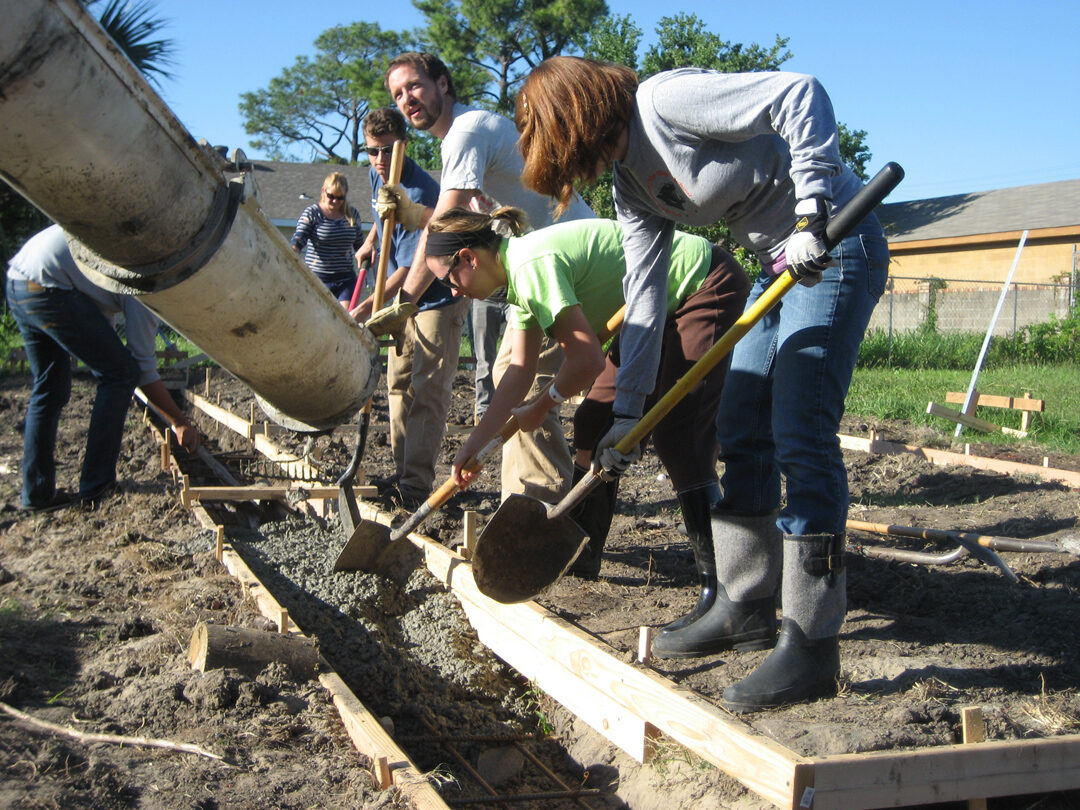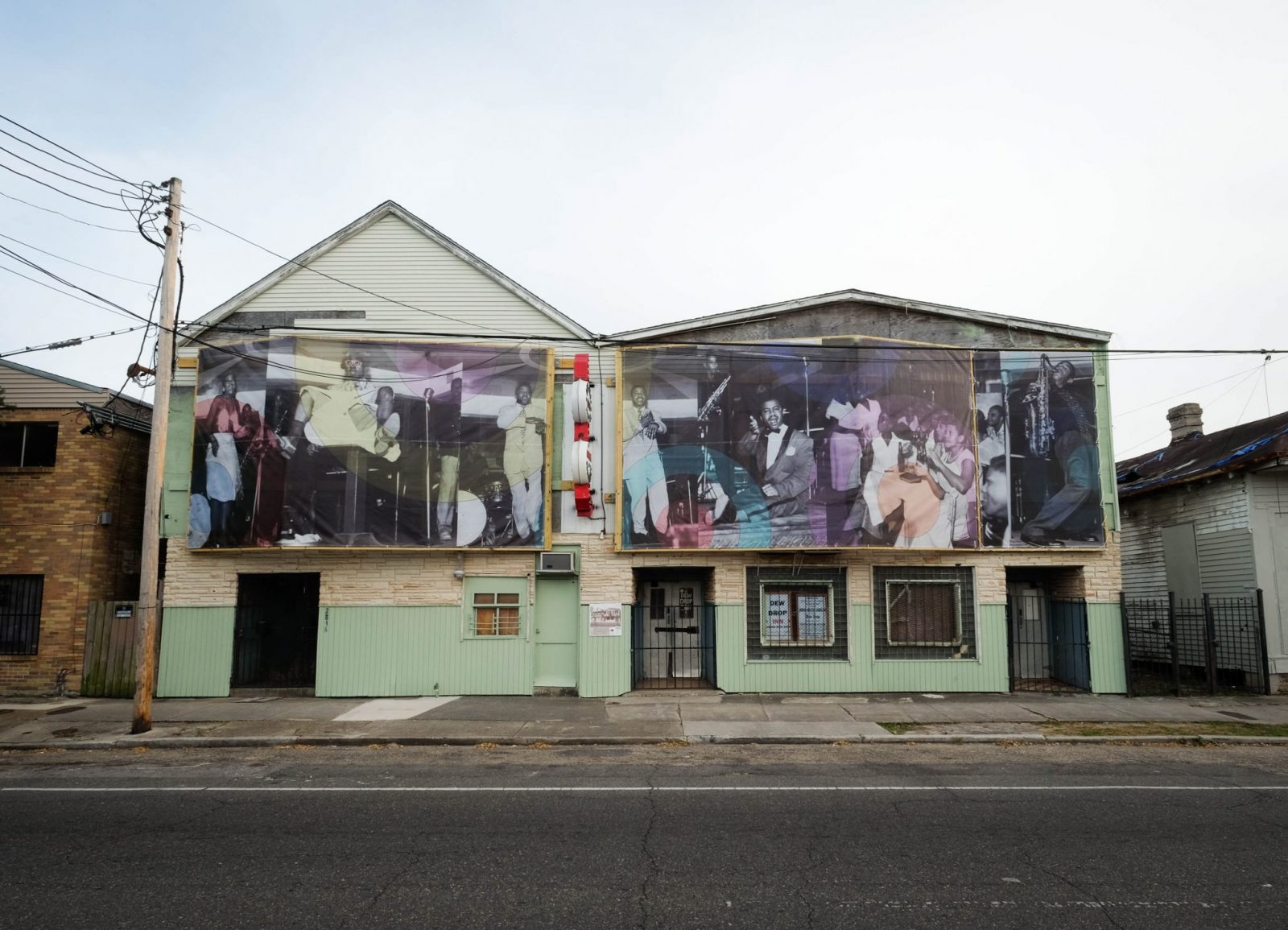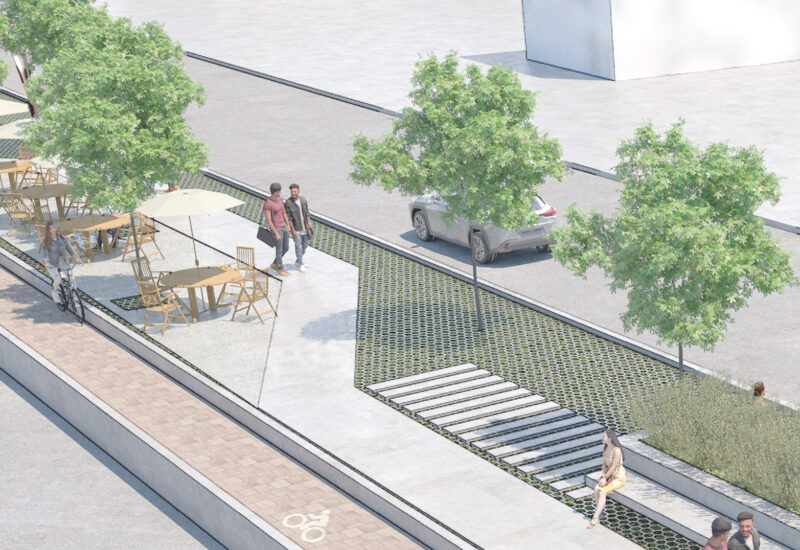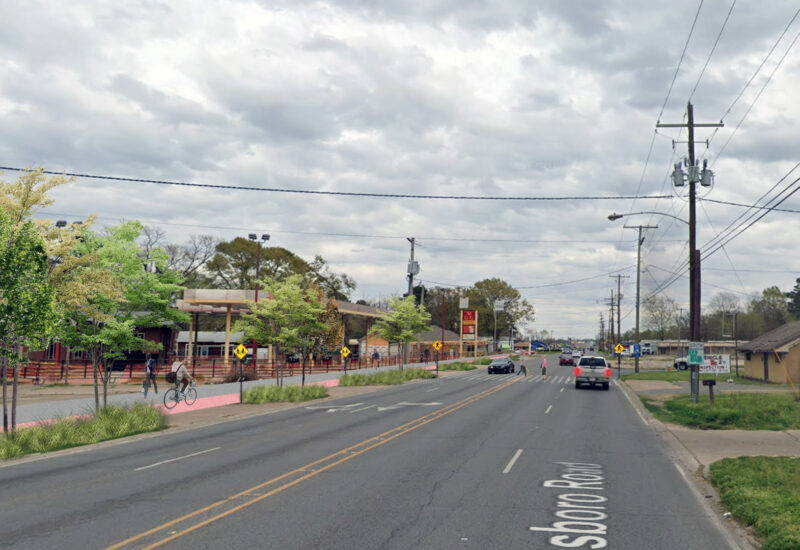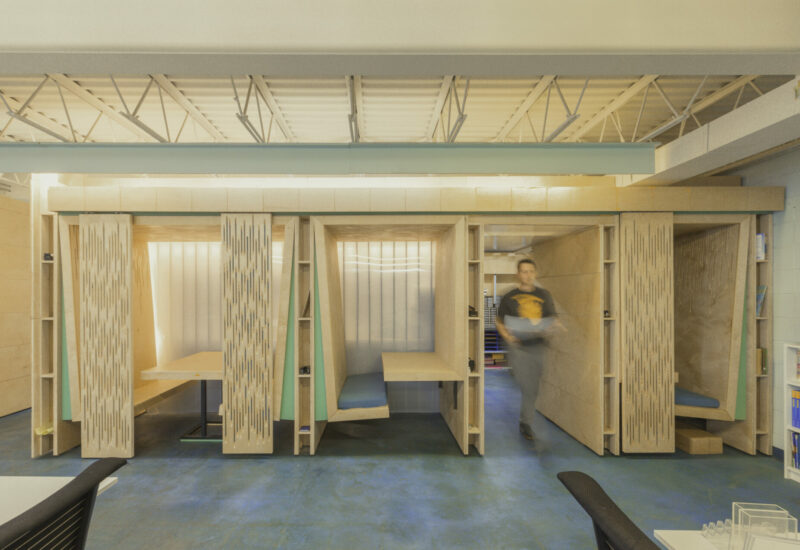Our History
The Small Center was first conceived in early 2005 as a way of applying the skills and energy of Tulane School of Architecture faculty and students to real world design and planning challenges.
In August 2005, Hurricane Katrina struck New Orleans and the ensuing federal levee failure flooded 80% of the city, presenting an urgent and immediate need for this type of technical assistance. ‘Tulane City Center’ launched in late 2005 as a way to take part in the recovery of the city, educate students through applied projects, and work with the nonprofits and community groups who would be instrumental in the return of New Orleans citizens, culture, and traditions.
In our first 10 years, we worked with 74 community partners to advance more than 80 projects, at a variety of scales. Of these, we built 25 structures, and our pre-design work helped move 15 other projects to realization with local designers, developers and builders. Our planning and policy studies have advanced ideas for more productive land use and helped spur improvements to our transit infrastructure. Our work has helped local nonprofits leverage millions of dollars to build the capacity and infrastructure needed to support their missions.
In 2014, we moved our headquarters from Tulane’s campus to Central City. The 7,000 square foot Baronne Street building brought our office geographically closer to our project sites and partners, with workspaces (including a studio and fabrication shop) tailored to our specific needs. The location offers opportunities to strengthen existing partnerships and to foster new relationships with community members, nonprofits and government agencies. Our Storefront gallery hosts public events and exhibits focused on issues of the built environment in New Orleans, curated by a new staff position dedicated to shaping our community engagement and our public programs.
The Small Center was renamed, in 2016, in recognition of a generous gift from Tulane alumnus Albert Jr “Sonny” Small and his wife Tina, whose support were instrumental from the Center’s early days and into the program’s continued growth.
Our nationally recognized projects provide examples of community-based, environmentally sensitive designs that are locally responsive yet suggest solutions to national issues many cities and communities face. Thanks to the generosity of our supporters and to the dedication and talent of our collaborators, we offer a sustained force for positive change in the built environment of New Orleans.


 Menu
Menu